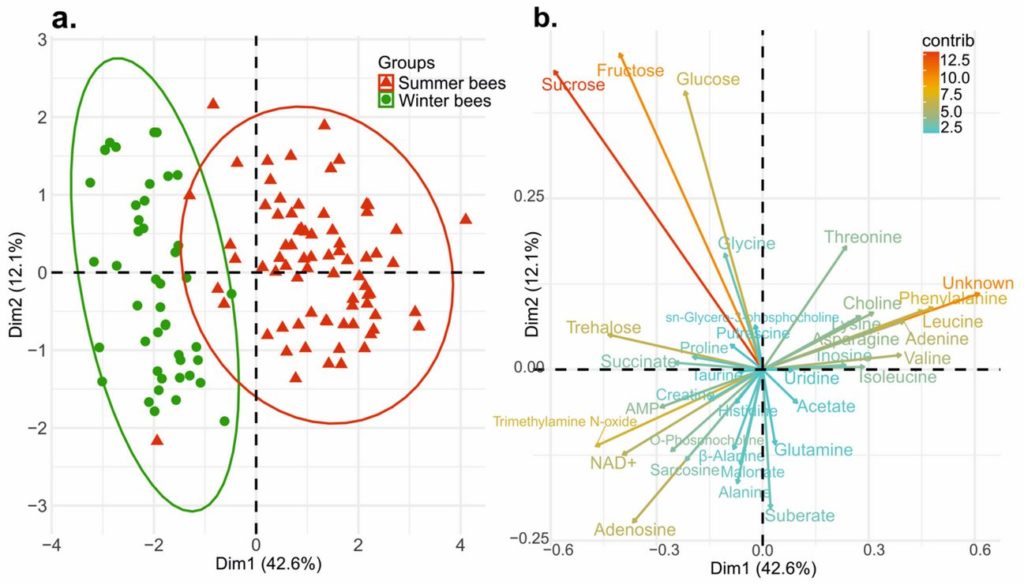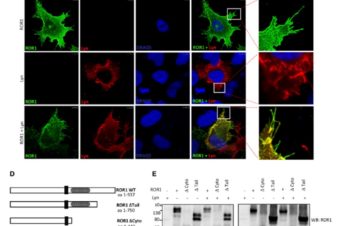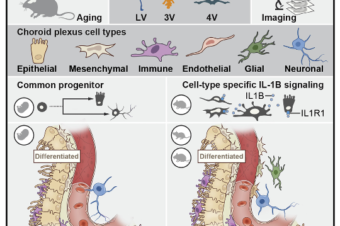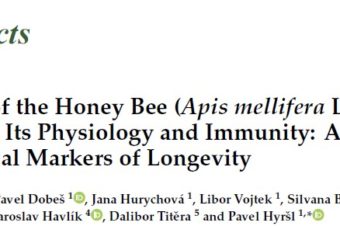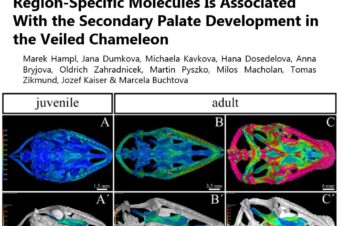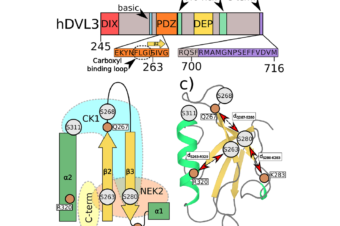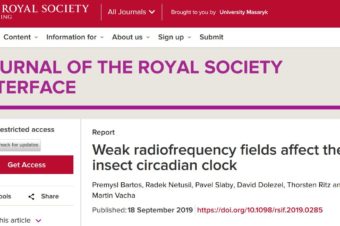Abstract:
In temperate climates, honey bee workers of the species Apis mellifera have different lifespans depending on the seasonal phenotype: summer bees (short lifespan) and winter bees (long lifespan). Many studies have revealed the biochemical parameters involved in the lifespan differentiation of summer and winter bees. However, comprehensive information regarding the metabolic changes occurring in their bodies between the two is limited. This study used proton nuclear magnetic resonance (1H NMR) spectroscopy to analyze the metabolic differences between summer and winter bees of the same age. The multivariate analysis showed that summer and winter bees could be distinguished based on their metabolic profiles. Among the 36 metabolites found, 28 metabolites have displayed significant changes from summer to winter bees. Compared to summer bees, trehalose in winter bees showed 1.9 times higher concentration, and all amino acids except for proline and alanine showed decreased patterns. We have also detected an unknown compound, with a CH3 singlet at 2.83 ppm, which is a potential biomarker that is about 13 times higher in summer bees. Our results show that the metabolites in summer and winter bees have distinctive characteristics; this information could provide new insights and support further studies on honey bee longevity and overwintering.
Insects 2022, 13(2), 193; https://doi.org/10.3390/insects13020193
Authors:
Saetbyeol Lee 1 , Filip Kalcic 1, Iola F. Duarte 2 , Dalibor Titera 3, Martin Kamler 4, Pavel Mrna 1, Pavel Hyrsl 5 ,
Jiri Danihlik 6 , Pavel Dobes 5 , Martin Kunc 5 , Anna Pudlo 1 and Jaroslav Havlik 1,*
1 Department of Food Science, Faculty of Agrobiology, Food and Natural Resources, Czech University of Life
Sciences Prague, Kamycka 129, 165 00 Prague, Czech Republic; lees@af.czu.cz (S.L.);
filip.kalcic@gmail.com (F.K.); mrna.pavel@gmail.com (P.M.); anna.pudlo@upwr.edu.pl (A.P.)
2 Campus de Santiago, University of Aveiro (CICECO), 3810-19 Aveiro, Portugal; ioladuarte@ua.pt
3 Department of Zoology and Fisheries, Faculty of Agrobiology, Food and Natural Resources, Czech University
of Life Sciences Prague, Kamycka 129, 165 00 Prague, Czech Republic; titera@af.czu.cz
4 Honeybee Research Institute, Dol 94, 252 66 Maslovice, Czech Republic; beedol@beedol.cz
5 Department of Experimental Biology, Faculty of Science, Masaryk University, Kamenice 5, 625 00 Brno,
Czech Republic; hyrsl@sci.muni.cz (P.H.); pavel.dobes@mail.muni.cz (P.D.); martin.kunc@sci.muni.cz (M.K.)
6 Department of Biochemistry, Faculty of Science, Palacky University Olomouc, Slechtitelu 27, 783 71 Olomouc,
Czech Republic; jiri.danihlik@upol.cz *
